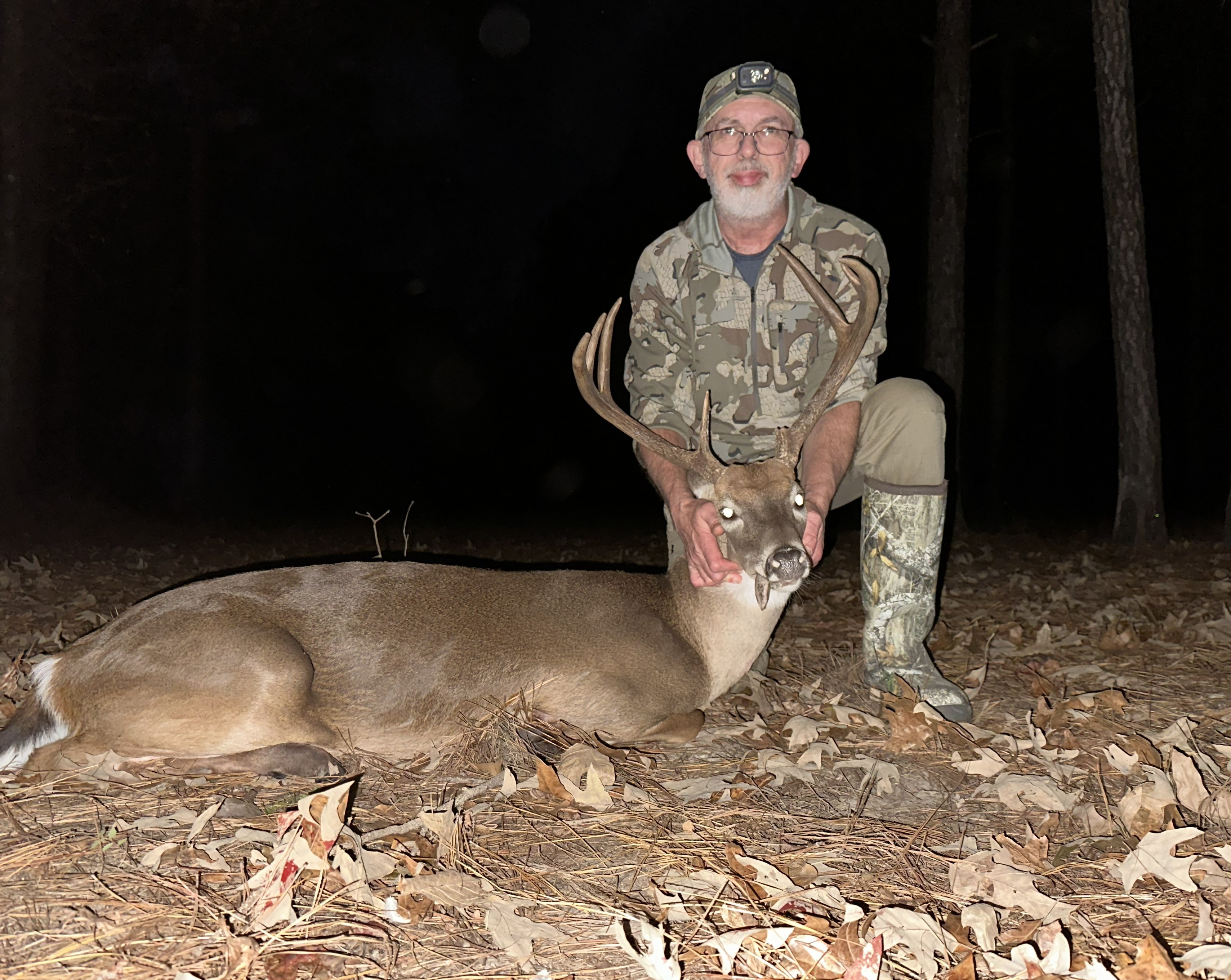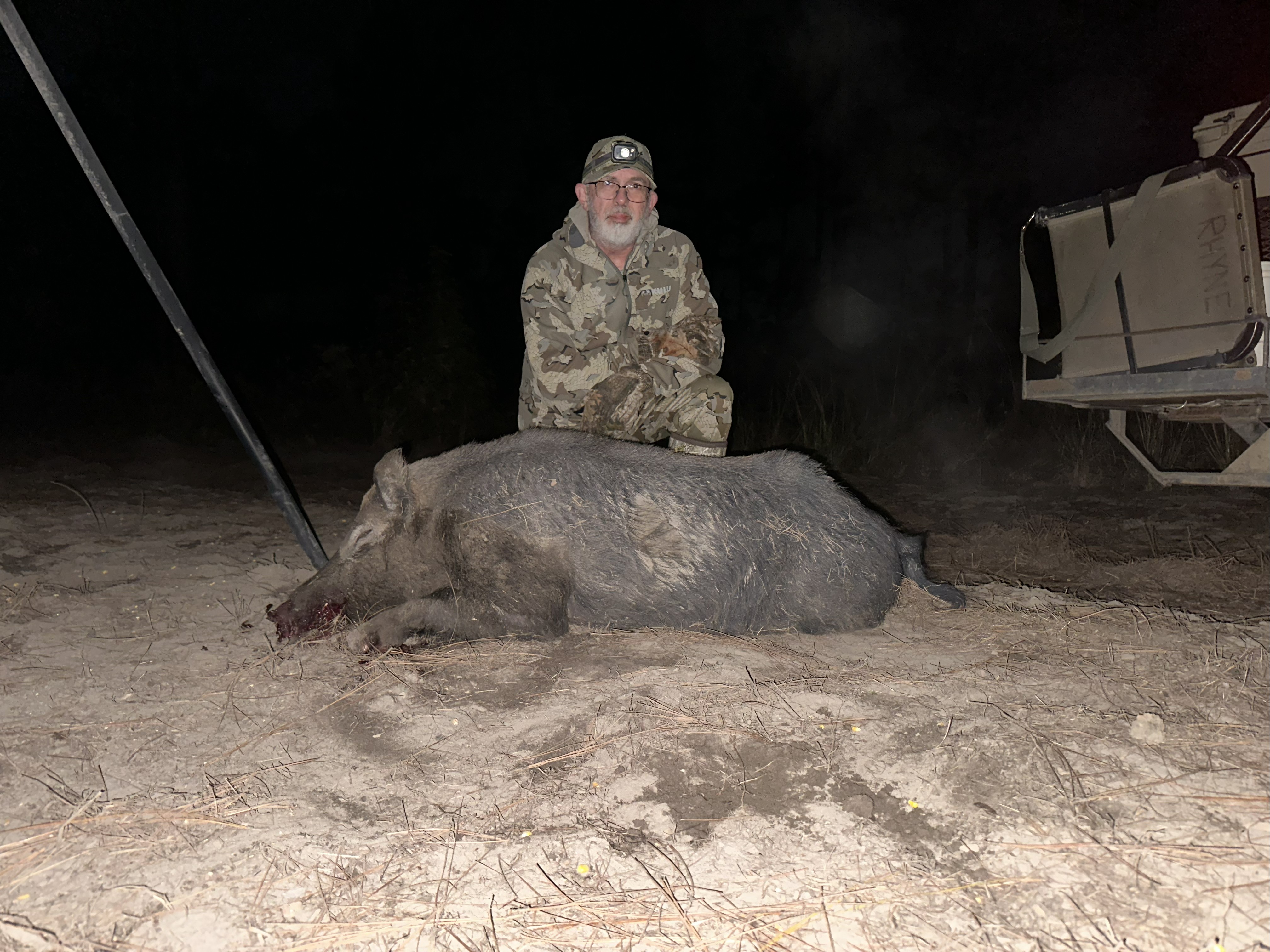Source.
Department of Justice (DOJ) official Harmeet Dhillon announced that her agency is unveiling a gun rights-focused section on Monday, promising Americans that “a lot more action” on gun rights enforcement will be taken.
Dhillon, who works as an assistant attorney general for the DOJ’s Civil Rights Division, said that her division had started a Second Amendment section this month.
“I’m really excited about this,” said Dhillon. “For the first time, the DOJ Civil Rights Division and the DOJ at large will be protecting and advancing our citizens’ right to bear arms as part of our civil rights work.”
“As Attorney General Pam Bondi has said, the Second Amendment is not a second-class right, and I couldn’t agree more with my boss,” she added.
According to Dhillon, the department will fight a variety of state and local courts on gun issues, particularly difficulties around concealed carry permits.
“Some of the things we’re seeing, and that is going to be the focus of our work around the country, includes multi-thousand-dollar costs for citizens to apply for concealed carry permits,” she said.
“Other jurisdictions are having unreasonably long delays. Other jurisdictions are outlawing guns that should be protected by the Second Amendment under the recent Supreme Court precedent.”
None of that is correct. I’m not interested in the DOJ using its power to ensure permitting schemes are faster. I want the DOJ to go to court all over American and argue that permitting schemes are unconstitutional and immoral.
Here’s the bottom line for me about this new department.
I … don’t … care.
If you had wanted to prove that you are defending the 2A, you shouldn’t have recently defended the NFA in court. And you should have ensured that Trump pressured gun controllers Cornyn and Thune to get rid of the NFA for SBRs and suppressors. The House was willing, but the controllers weren’t. And Trump didn’t care.
Everything else is just smoke and mirrors.
I told you we would never forgive you for your treachery concerning the bill, ugly, awful bill. I was being truthful when I said that.






